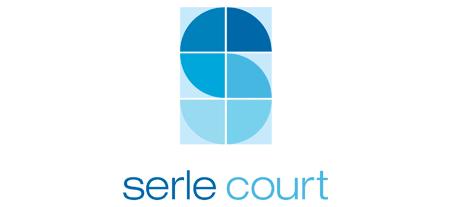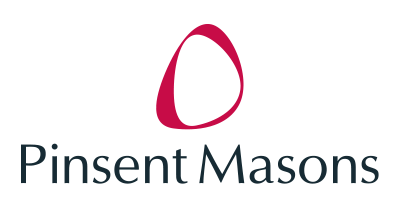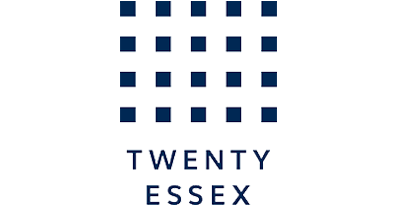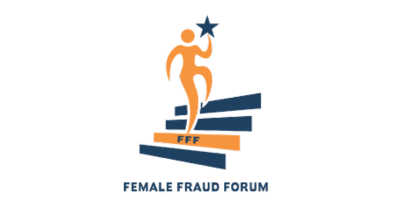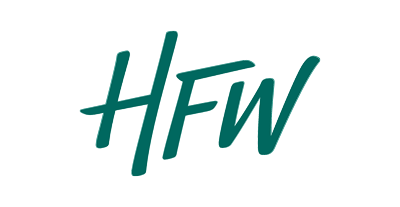Knowledge Hub
Join the Conversation!
Impartial and independent, ThoughtLeaders4 FIRE Knowledge Hub hosts cutting edge industry content and insight.
Email maddi@thoughtleaders4.com to submit content.
New freestanding moratorium introduced into the Insolvency Act 1986
Date: 20/07/2020 Type: Articles Topic: FIRE | Insolvency |Introduction
As part of the recent CIGA, the Government has introduced new provisions into the IA which provide for a new free standing moratorium available to companies, independent of any separate insolvency proceedings. This was first envisaged in the 2016 report “A Review of the Corporate Insolvency Framework.” It is intended as a rescue mechanism to provide struggling companies with breathing space to restructure or refinance, with the ultimate goal of enabling them to continue as a going concern. An important feature of this process is that the directors remain in charge of the company under the supervision of a monitor and the streamlined filing requirements are aimed at reducing costs. All references to statutory provisions in this article are to the IA as amended unless otherwise stated.
Who may apply for a moratorium?
Subject to the applicability of the temporary provisions in Schedule 4 to the CIGA (“the Temporary Provisions”) (see below), pursuant to new schedule ZA1, the moratorium is available to an “eligible company”, which in broad summary, is any company other than one already in an insolvency process, a bank or insurance company. However, it is possible for a company which is subject to an outstanding winding up petition which has not yet been heard, to apply for a moratorium provided that an application is made to the Court in which that winding up petition was presented.
How is an application made?
The directors of the company in question should file an application at Court accompanied by the documents set out in s.A6. Before doing so, the directors will need to approach a licensed insolvency practitioner and obtain their approval to act as a “monitor”. Pursuant to s.A6(1) and subject to the Temporary Provisions, the application will need to include (amongst other matters) a statement from the proposed monitor that in their opinion “it is likely that a moratorium for the company would result in the rescue of the company as a going concern.” The moratorium will commence immediately upon the filing of the documents provided for in s.A6, save where a winding up petition is outstanding, or the company is registered overseas, in which case it will begin following a relevant Court order. The directors must notify the monitor and the monitor must provide the requisite notice to the persons listed in s.A8 (which includes, for example, the Registrar of Companies) as soon as reasonably practicable after the moratorium comes into effect, in default of which the directors and/or the monitor, as appropriate, may commit a criminal offence.
What is the effect of the moratorium?
During the moratorium period restrictions apply to any steps to place the company into an insolvency process. In particular, no petition, resolution or order for the winding up or the administration of the company can be filed or made save by the application or on the recommendation of the directors, as applicable. In addition, no legal proceedings may be commenced against the company save (broadly) those involving employment disputes and otherwise with the leave of the Court. There are also restrictions on the exercise of security over the assets of the company, including floating charges (see ss. A20 to A23).
Significantly the company will also benefit from a “payment holiday”, provided for in s.A18, in respect of debts which were incurred prior to, or during the moratorium except (broadly) in respect of the remuneration and expenses of the monitor, goods and services provided during the moratorium period, wages, salary and redundancy payments and debts arising under financial instruments or contacts relating for financial services.
The company is not permitted to obtain credit for more than £500 from any person unless they have informed that person about the moratorium. The company may also not provide security without first obtaining the consent of the monitor and restrictions apply to the disposal of company property and, separately, to the payment of pre-moratorium debts above the greater of £5,000 or 1% of the company’s unsecured debts as at the commencement of the moratorium (see ss.A28 to A33). Further, the company must not enter into a “market contract”. If any of these provisions are breached then the company and/or its officers may commit a criminal offence (see ss.A25 to A27).
How long does the moratorium last?
Pursuant to s.A9(2) the moratorium is for an initial period of 20 business days beginning with the business day after the date on which the moratorium comes into force. Sections A10-A15 provide for the ways in which this may be extended including by: (1) the directors with and without creditor consent, (ii) the Court in the context of other proceedings; and (iii) where a CVA is proposed. The moratorium will come to an end where the company is placed into an insolvency process, where pursuant to s.A38, the monitor notifies the Court that the company is unlikely to be rescued as going concern, he or she is unable to perform their functions because of a default by the directors to comply with their duties to provide information, or the company is unable to pay either the pre-moratorium or moratorium debts that have fallen due. The Court may also terminate the moratorium where the creditors apply to challenge the monitor’s actions.
Temporary Provisions
Schedule 4 of the CIGA provides for a number of temporary modifications to the permanent provisions of Part A1 discussed above, which are to apply during the “relevant period”, namely until 30 September 2020. In particular: (a) the directors of an company that is subject to an outstanding winding up petition can obtain a moratorium without having to apply to Court; (b) the monitor’s statement is adjusted to allow for the impact of the Covid-19 pandemic; (c) a company that has been subject to a CVA or administration within the previous 12 months is permitted to file for a moratorium; and (d) a company that has already obtained a moratorium during the last 12 months may file for a further moratorium.
16 July 2020 David Harby PCB Litigation LLP For more information please contact our insolvency partner, David Harby at dmh@pcblitigation.com or for any other enquiries please contact us by email at enquiries@pcblitigation.com or by phone +44(0)20 7831 2691.
Author
David Harby - PCB Litigation
Our FIRE Corporate Partners
















